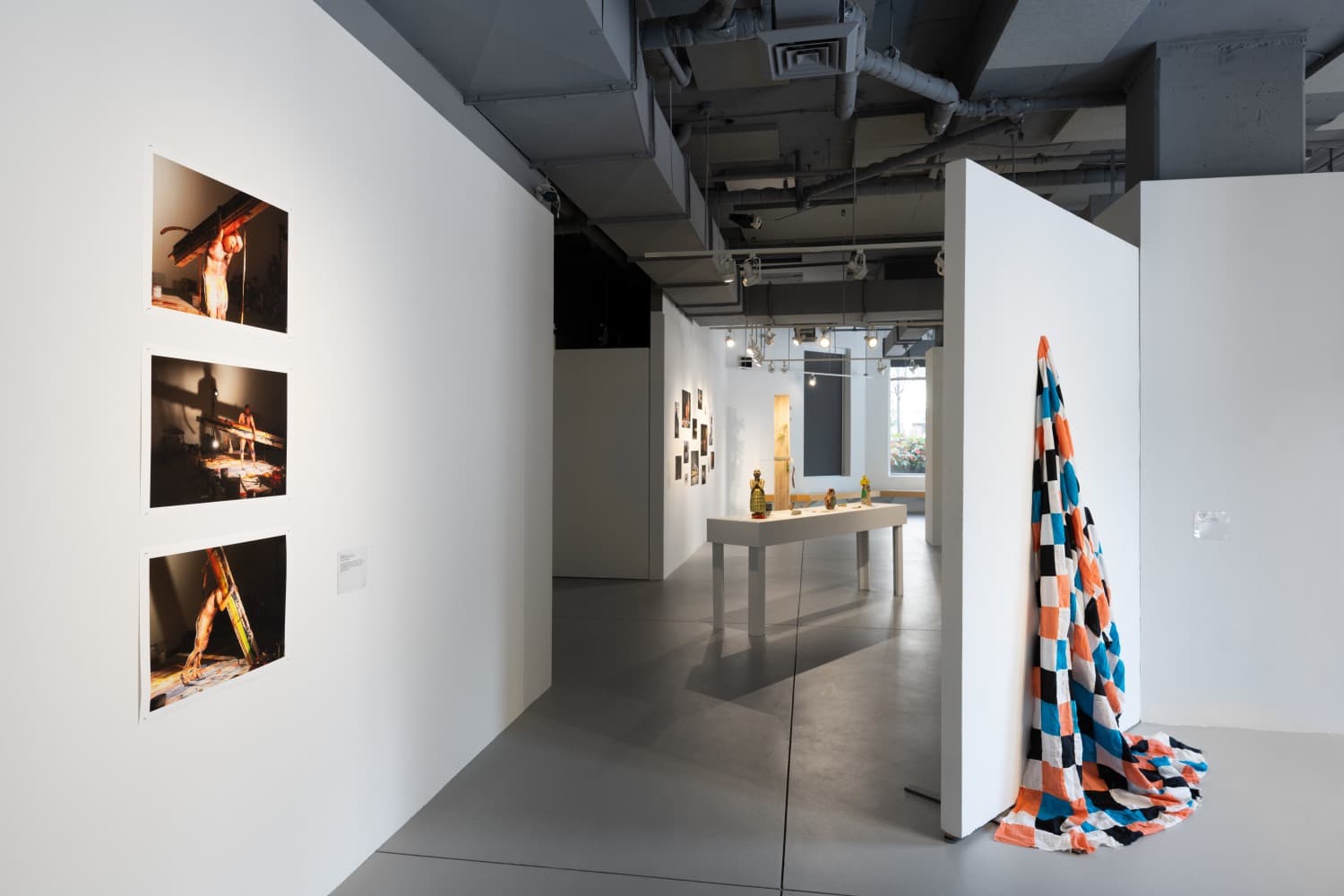
From Meme to Museum: How Internet Culture Influences Contemporary Art
Over the past twenty years, the internet has transformed from a utilitarian information network into a space that shapes tastes, trends, and even directions in contemporary art. Memes, viral videos, streams, lives, digital performances, and GIFs — these are not just forms of entertainment, but cultural artifacts that are increasingly appearing in galleries, at biennales, and in museum spaces. What once seemed frivolous or even silly is now gaining aesthetic value and starting to compete with classical forms of art.
New Forms of Art Are Born Online
Network culture has become an incubator for new artistic expressions. Artists raised in a digital environment no longer seek inspiration in museums and art history books — they find it on TikTok, Reddit, and Instagram. The artistic language has become flexible, ironic, and instantly recognizable.
Today, it’s hard to imagine the modern art scene without the influence of digital elements: collages of screenshots, video loops, immersive projects with gamification elements are becoming common in exhibitions. This brings art closer to the everyday experience of internet users, even in areas like online casinos, where visual effects and interactivity also play a key role. Visit Hungarian valódi pénzes kaszinók, where you’ll see a variety of gaming platforms and numerous games with excellent visual design, making it easy to enjoy your time and take advantage of generous bonus offers.
Reinterpreting the Ordinary
What once seemed trivial now serves as a mirror of collective consciousness. Memes — seemingly frivolous and sometimes even absurd — have become a powerful tool for social critique. They are no longer just jokes for private chats or viral content for social media feeds. Instead, they now function as compressed visual commentaries, often reacting faster and sharper than traditional media.
They work with recognizable images, joke about global events, and parody politicians and media figures, capturing emotions, frustrations, and paradoxes in an accessible format. This is a quick and precise visual message, often containing more meaning than an extended article — a form of artistic minimalism for the digital age.
Museum and Meme — Is the Union Possible?
Some of the world’s leading museums have already begun collecting digital art and even memes. The British Museum of Design, MoMA in New York, and other institutions are creating archives of internet artifacts, recognizing their historical and artistic significance. This is not only a tribute to the times but also a way to attract a new, younger audience — one that has grown up in the digital age and wants to see art that speaks its language.
The Artist as Media Personality and Meme-Maker
Artists today not only create works but also become part of digital culture themselves. They manage social media accounts, release NFTs, record videos, and collaborate with media figures. This shifts the perception of the author’s role and their presence in public space.
Many creators incorporate elements of media gaming directly into their work — interactivity, engagement, and randomness — all of which bring contemporary art closer to digital entertainment. It’s no coincidence that analogies with online games or casinos are becoming increasingly evident in their projects.
The Hungarian Context and Its Influence on Local Art
Hungary’s art scene has also embraced the wave of digitalization. Young authors freely work with memes, digital filters, glitch aesthetics, and social media formats, turning them into full-fledged art objects.
Collaborative projects are especially popular, where viewers become part of the process — commenting, voting, influencing the outcome. This develops a new form of participation in art, where the boundaries between author, object, and audience are blurred.
Conclusion — Between the Screen and the Exhibition
Between memes and museums runs a thin but strong thread — society’s interest in self-reflection. We laugh to understand; we save absurd images to remember; we exhibit digital artifacts to capture the spirit of the time. Contemporary art is not just canvas and brush — it’s also a JPG file, a repost, and a like. If the road to the museum was once long, today it may be enough just to go viral.
As more aspects of life move online — from shopping to entertainment, from education to gambling — it’s no surprise that art is adapting to this new digital reality. A meme, like any cultural code, can live long if it reflects current moods. And that means the path from meme to museum display is no longer a joke — but quite a reality.
